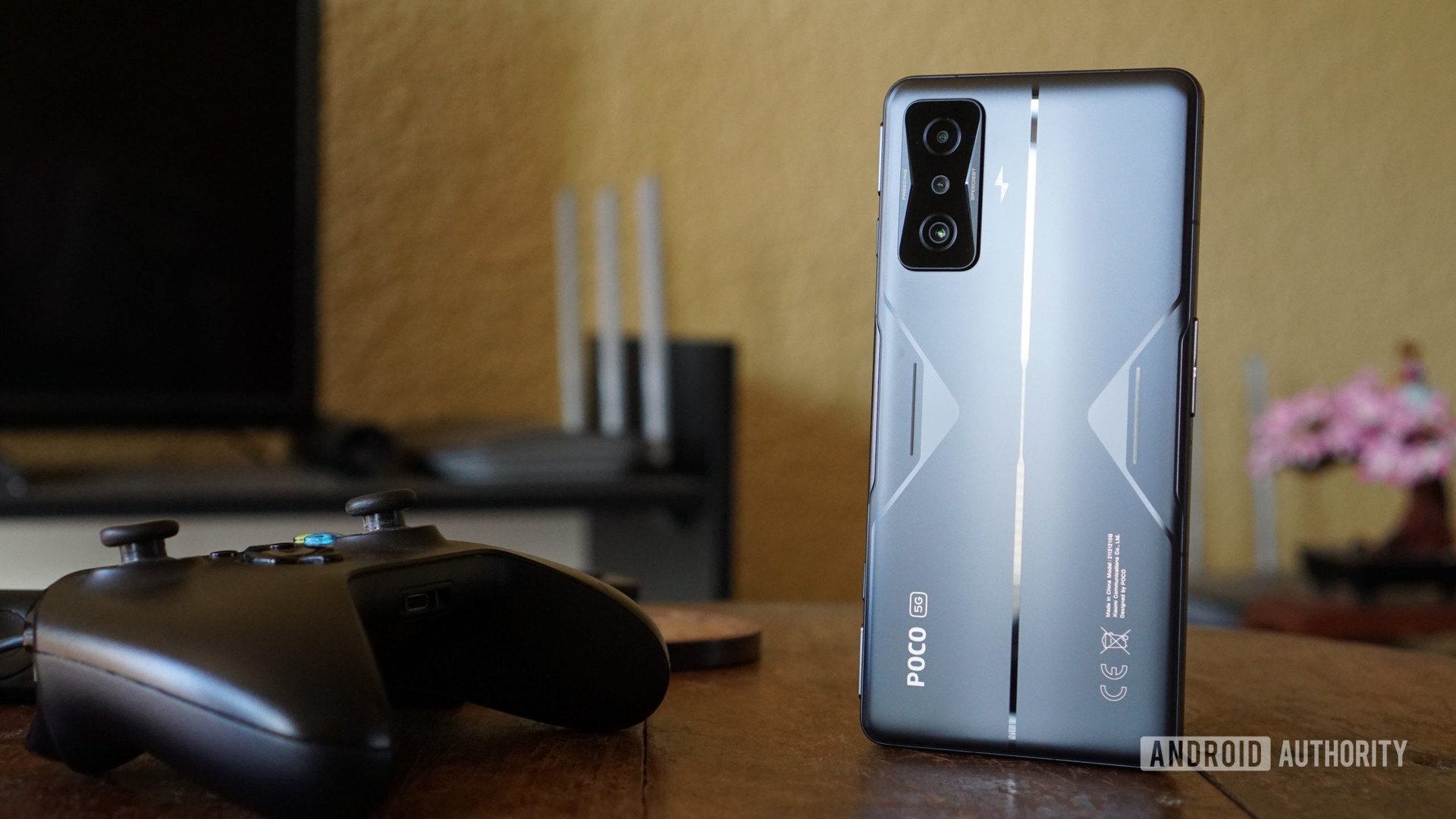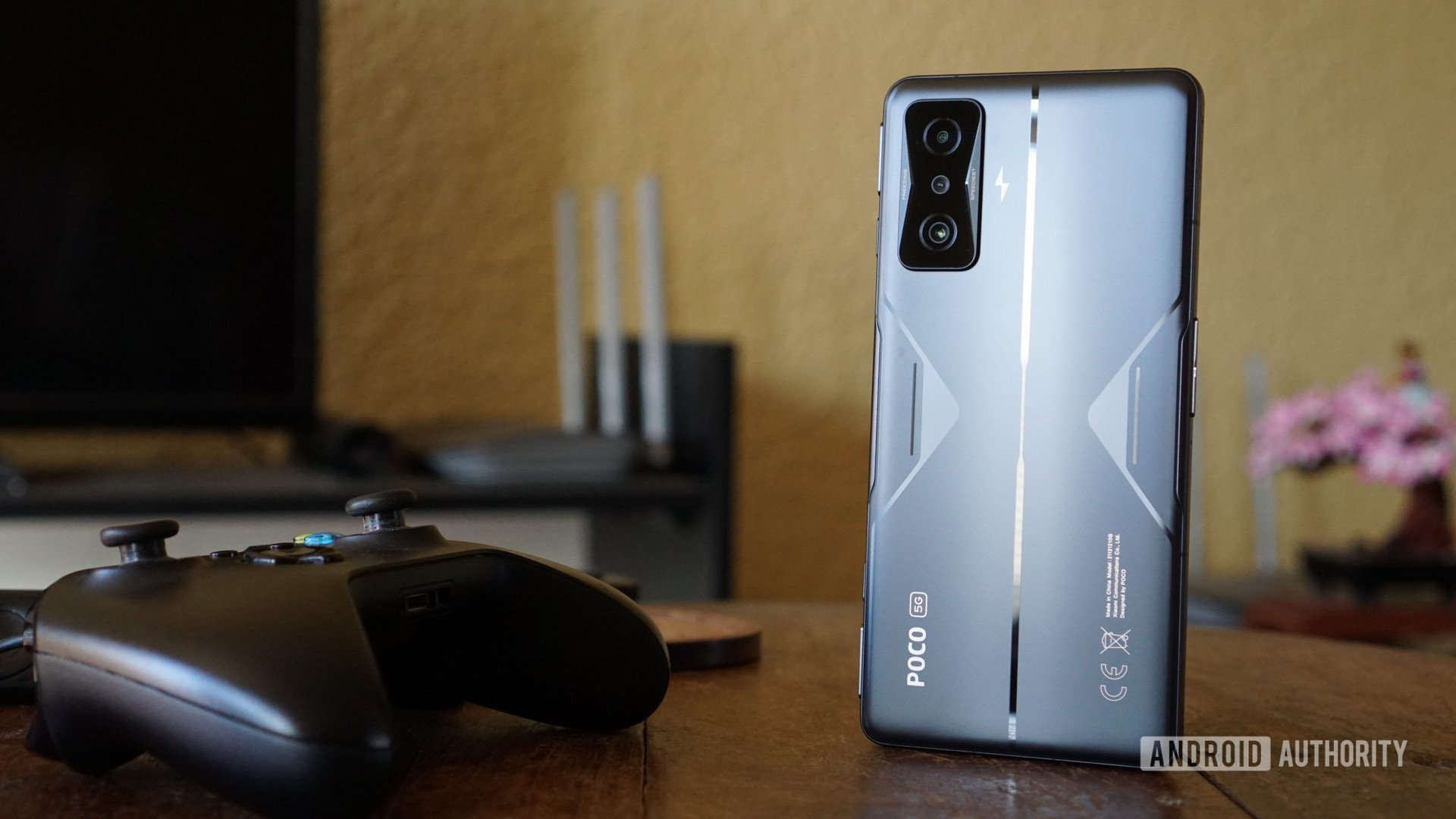
Poco Poco F4 GT
The Poco F4 GT is solely focused on offering a great gaming experience, and it definitely succeeds in this regard.
Retail price: €599.90
What we like
Great performanceShoulder triggers are handyCharging is incredibly fastGood price compared to other flagshipsSolid screen with Gorilla Glass Victus
What we don’t like
No IP rating at allMediocre camerasQuestionable update pledgeNo microSD slot
Poco Poco F4 GT
The Poco F4 GT is solely focused on offering a great gaming experience, and it definitely succeeds in this regard.Table of contents01Poco F4 GT overview02What’s good?03What’s not so good?04Camera samples05Specs06Verdict07FAQs
Poco joined the gaming smartphone bandwagon last year with the Poco F3 GT, innovating in the space by bringing retractable shoulder buttons to the table. Between these handy keys, upper mid-range power, and ~$350 price tag, Poco’s debut gaming phone certainly made a great impression on us.
Now, one year later, the company is back with a sequel, but can lightning strike twice? Join us as we find out in our Poco F4 GT review.
Poco F4 GT€599.90 at Amazon
What you need to know about the Poco F4 GT
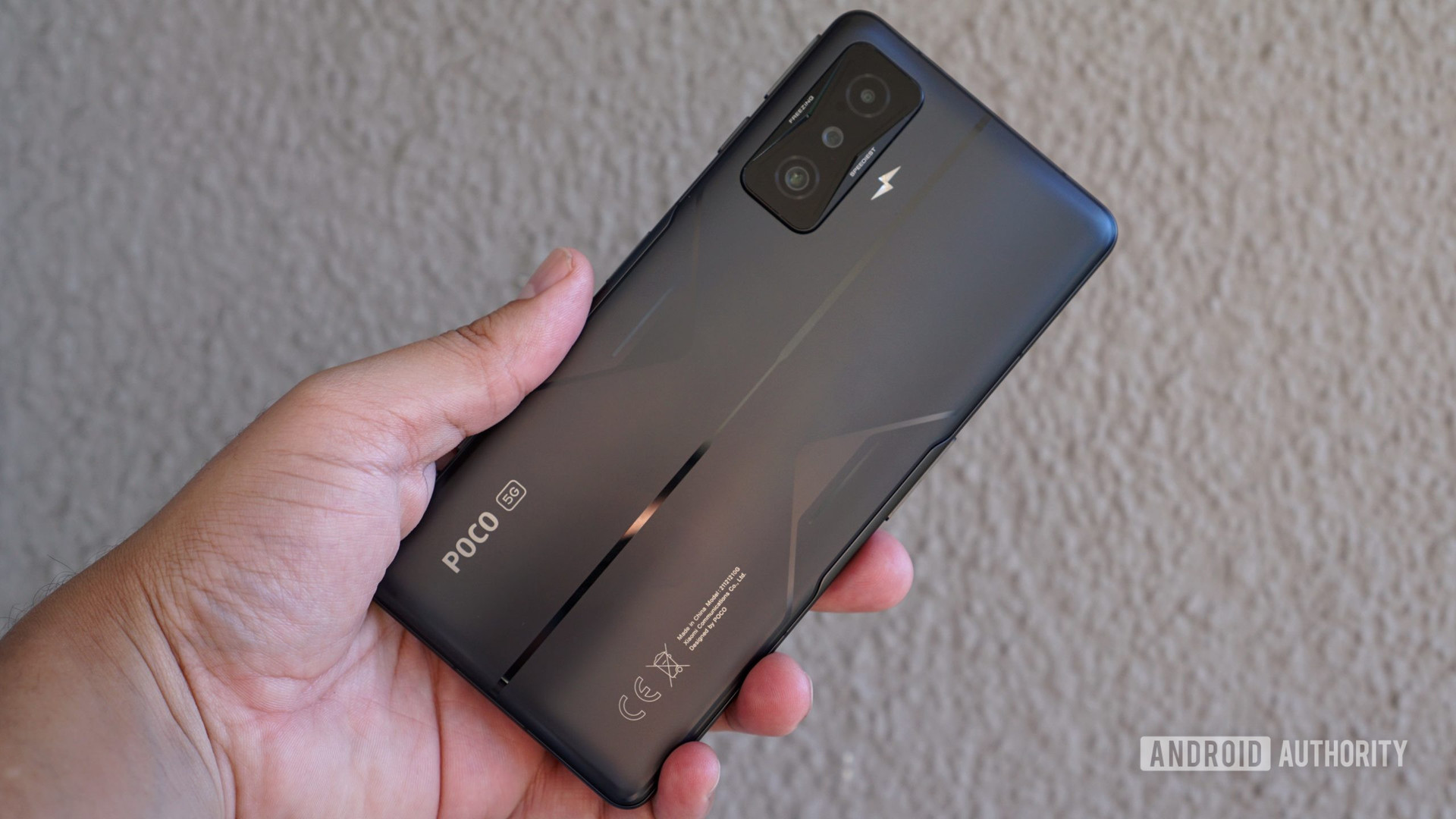 Hadlee Simons / Android Authority
Hadlee Simons / Android Authority
- Poco F4 GT (8GB/128GB): €599
- Poco F4 GT (12GB/256GB): €699
The Poco F4 GT is a gaming smartphone through and through, with its standout feature being a pair of retractable shoulder keys. There’s more to the phone than this trick though, as it’s also got a Snapdragon 8 Gen 1 flagship processor and 120W wired charging capabilities.
For what it’s worth, the Poco F4 GT is actually a rebranded version of the China-only Redmi K50 Gaming. This shouldn’t be a surprise, as last year’s Poco F3 GT was a rebranded Redmi K40 Gaming.
The smartphone is available in Europe, coming in Cyber Yellow, Stealth Black, and Knight Silver colorways. You can also choose between 8GB/128GB and 12GB/256GB variants.
What’s good?
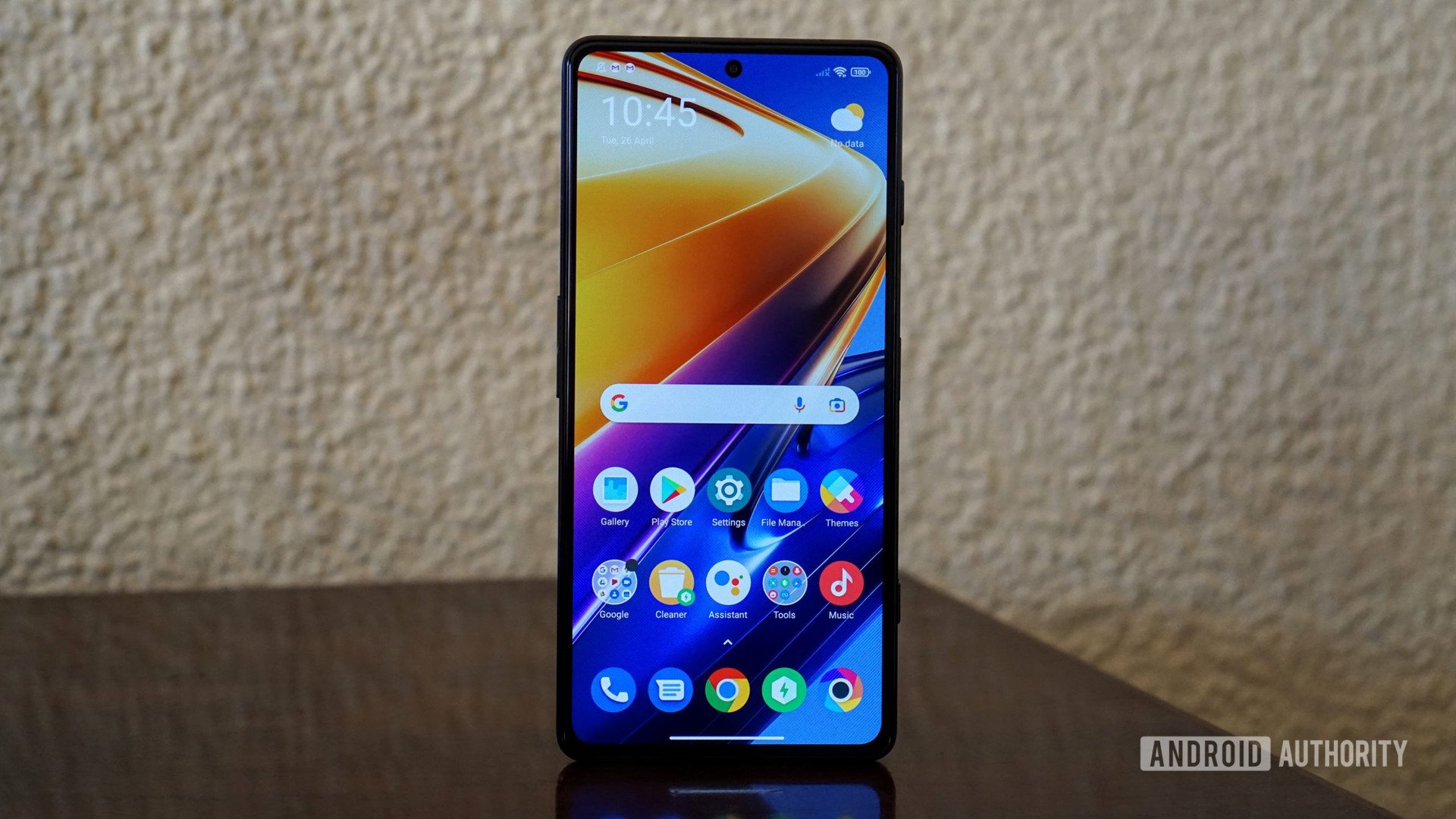 Hadlee Simons / Android Authority
Hadlee Simons / Android Authority
It’s no surprise to hear that the Poco F4 GT is equipped with the Snapdragon 8 Gen 1 SoC given its positioning as a gaming phone. Benchmarks like Geekbench, 3DMark, and GFXBench show that the phone is generally in line with the Galaxy S22 Ultra, although the phone did get very hot after several Geekbench tests. So what about real-world performance, then?
We saw brisk performance while launching apps, using the camera, and multitasking, so you should have no problem with basic tasks. Actual gaming performance was very snappy too, as Genshin Impact, PUBG, World of Tanks Blitz, and Call of Duty Mobile all delivered a smooth experience. The phone got warm but never hot while gaming, while performance itself didn’t take a perceptible dip over extended play sessions.
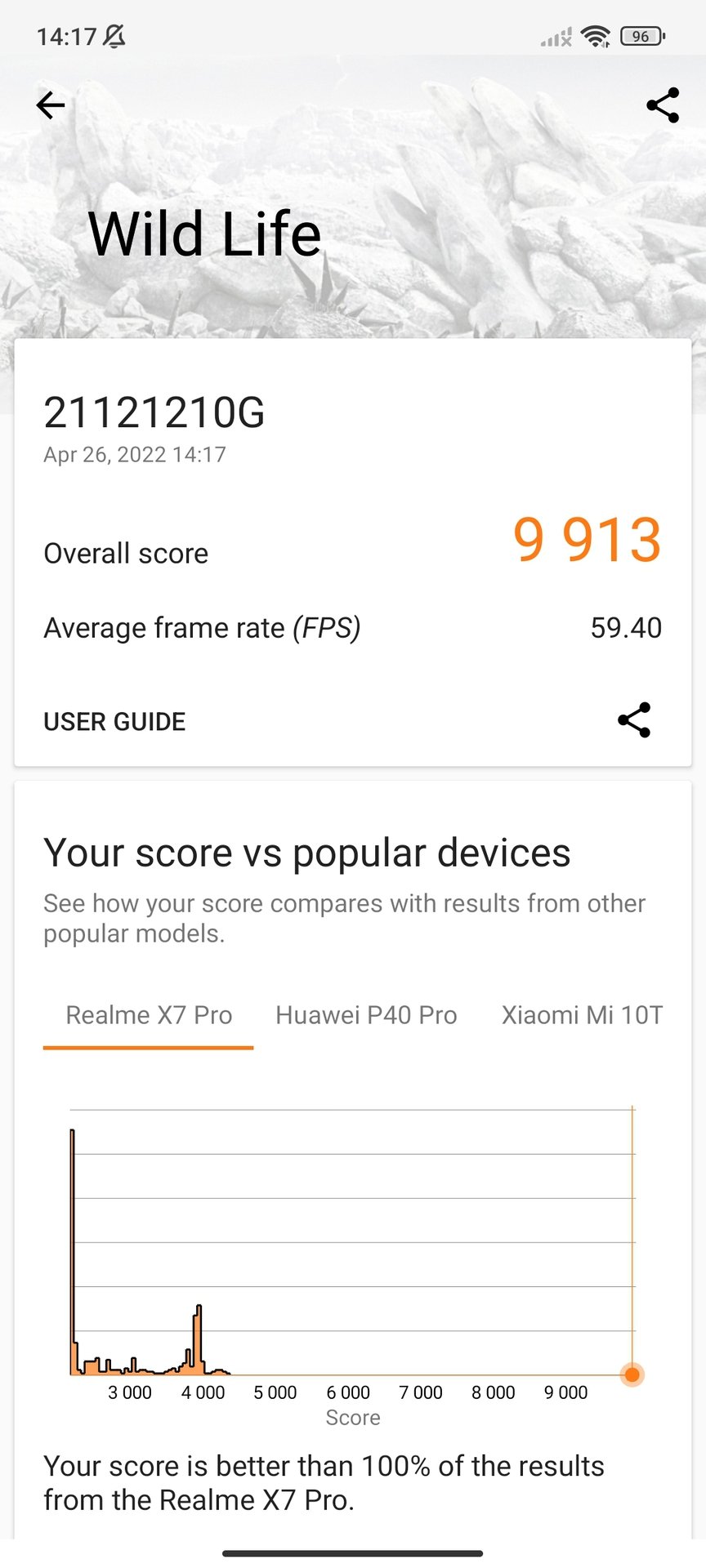
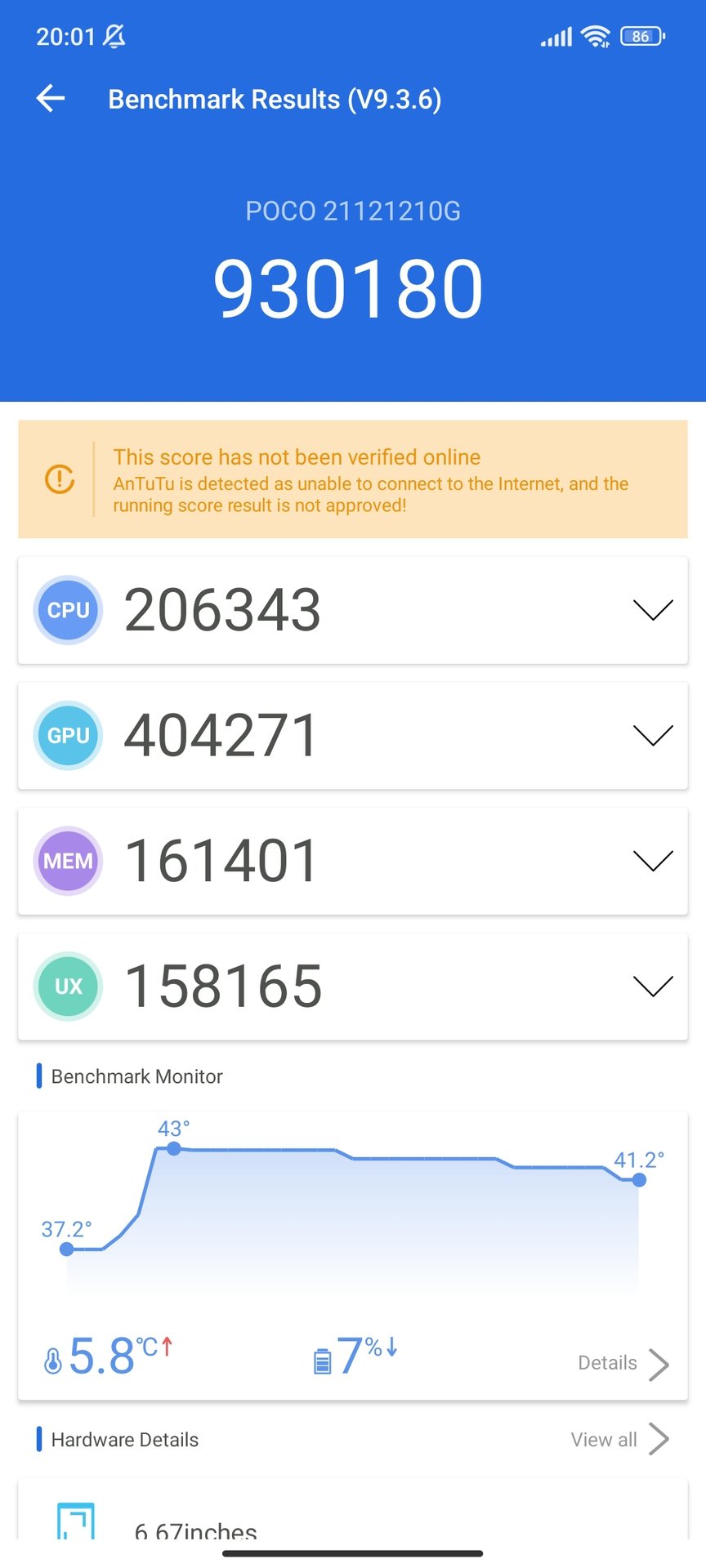
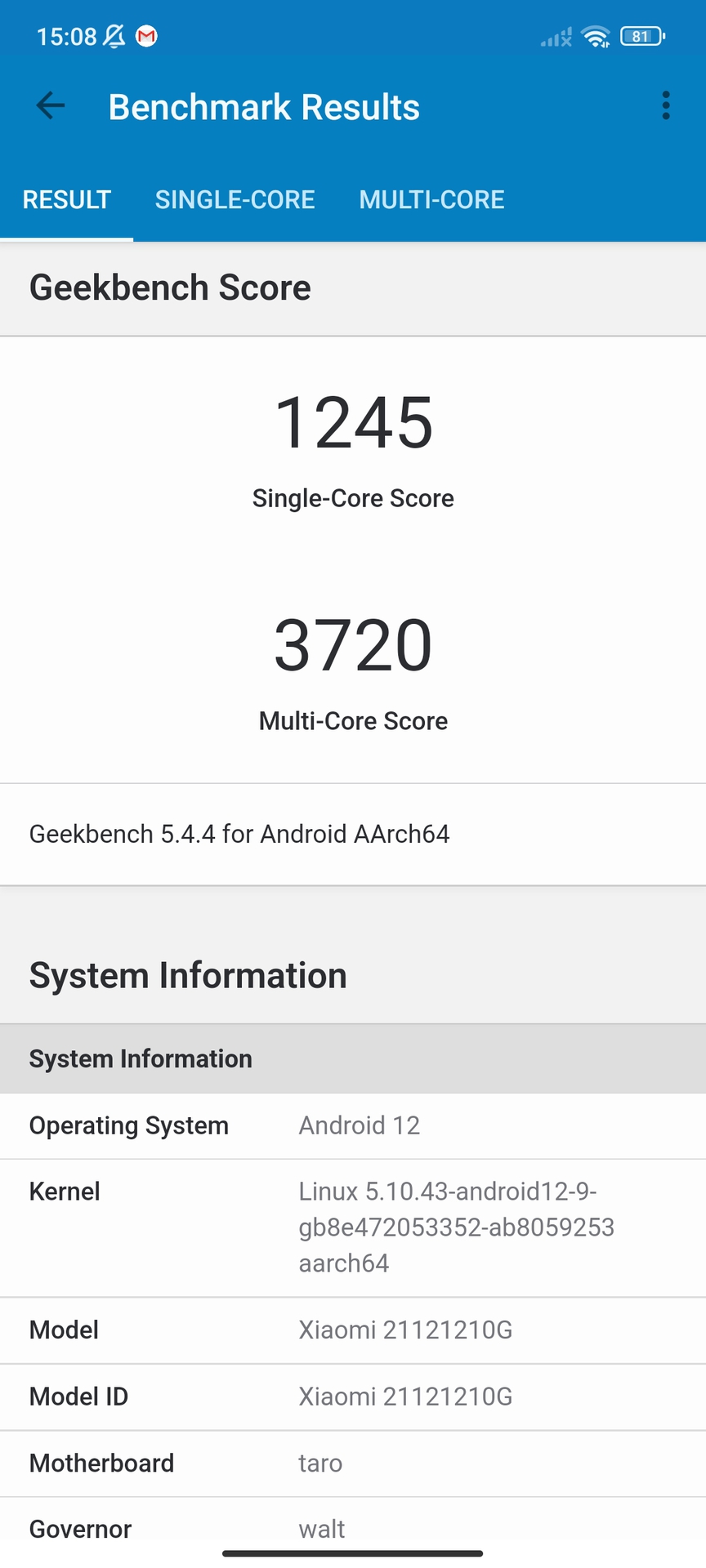
Speaking of gaming, the Poco F4 GT’s shoulder triggers are really fun additions. These aren’t new, previously debuting on the Poco F3 GT, but we’re still happy to see physical buttons on a gaming phone. These deliver digital feedback (i.e. either pressed or not) unlike analog triggers which have various levels of movement, but it beats capacitive shoulder buttons.
You can also map these triggers to on-screen virtual buttons via the Game Turbo side menu, coming in handy for PUBG, emulators, and other games. I still wish we got a gaming phone with an Xperia Play-style slide-out gamepad (featuring physical buttons) but the Poco F4 GT is a step above conventional phones nonetheless.
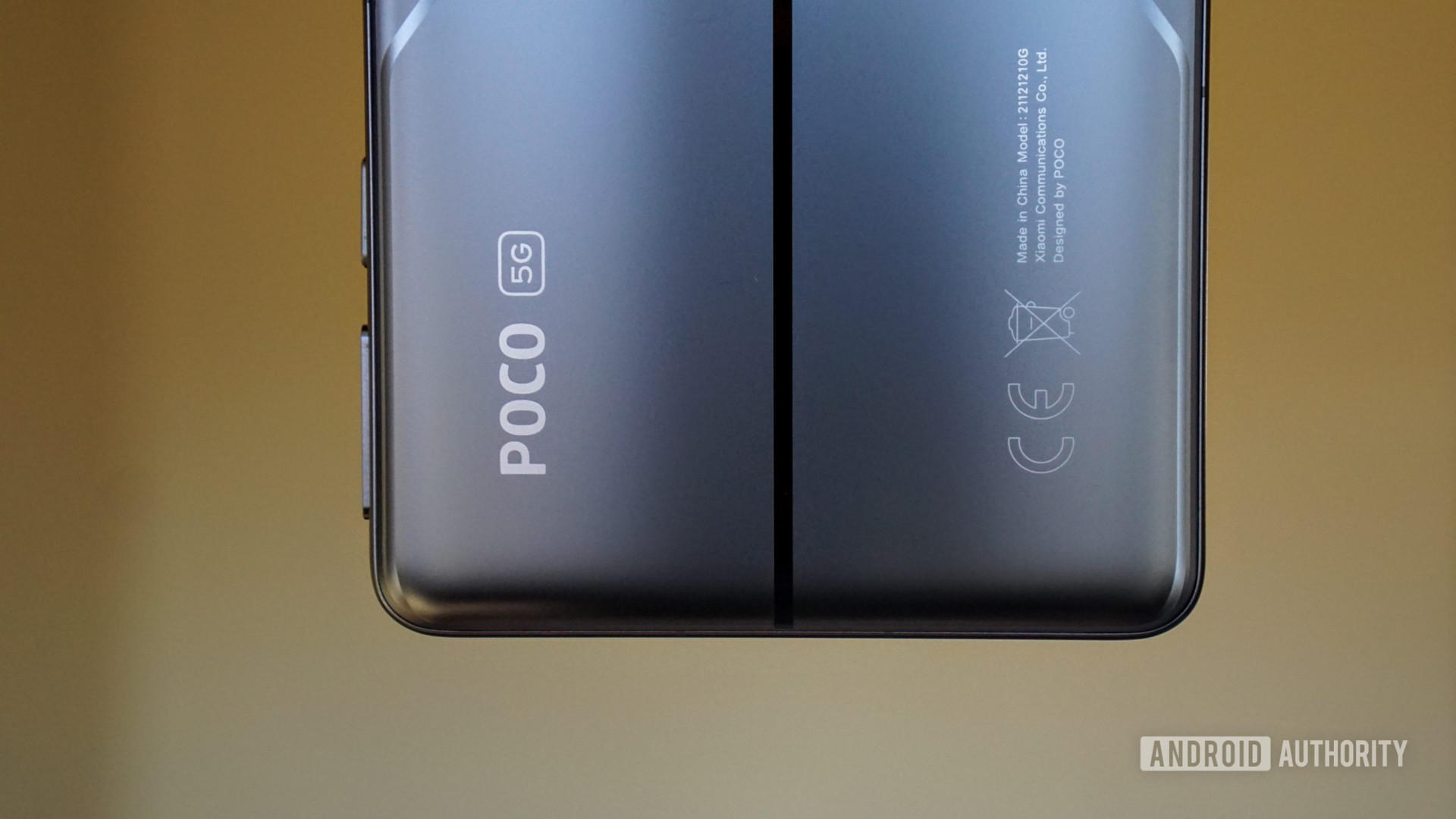
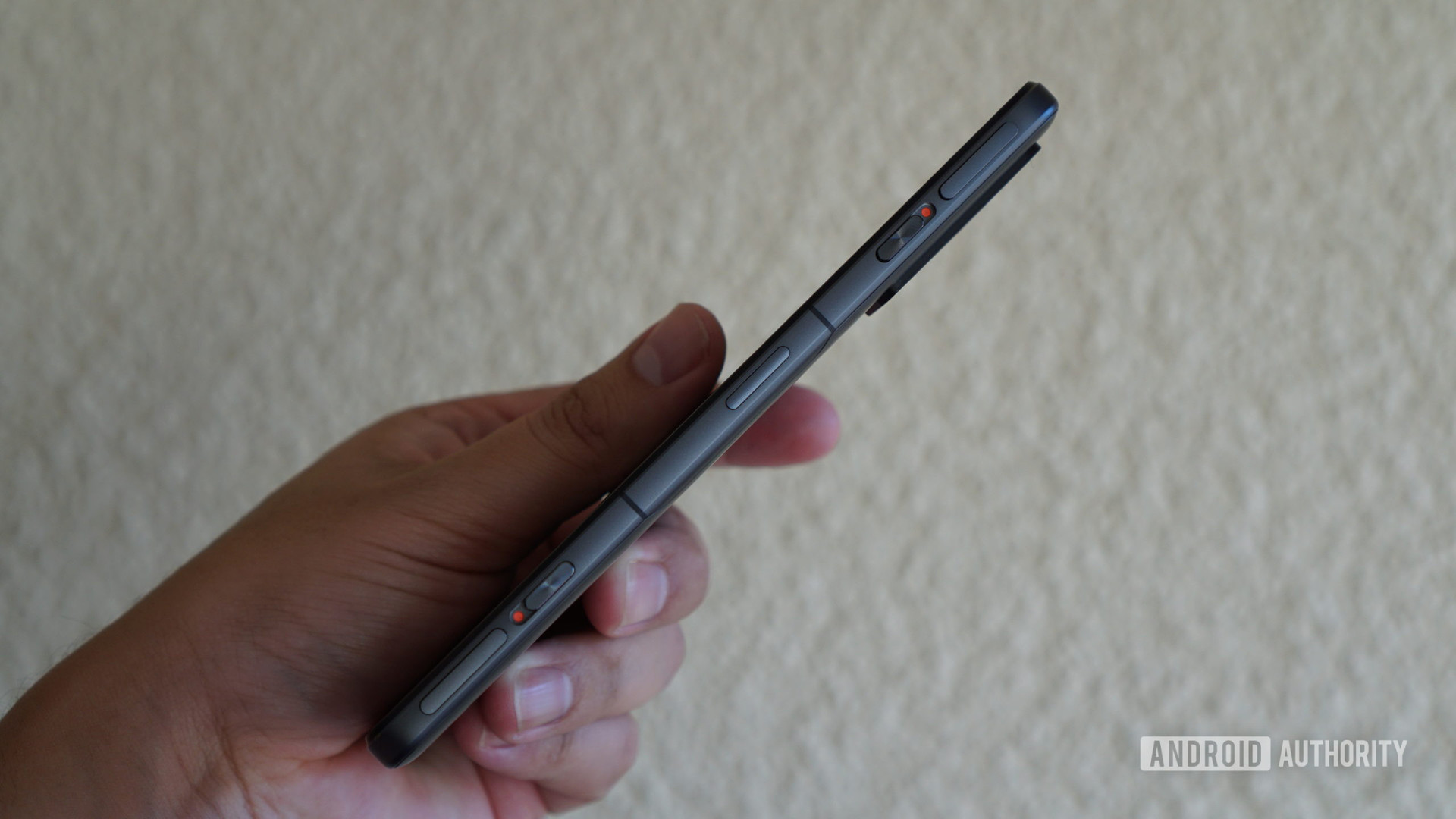
Plenty of horsepower and physical shoulder triggers are great additions, but any decent gaming phone needs a quality screen. Fortunately, the Poco F4 GT brings a solid display to the table. The 6.67-inch FHD+ 120Hz OLED panel isn’t anything special for the flagship market as Xiaomi’s own Redmi Note phones bring similar screens for under €400. But it’s still a good balance of resolution, refresh rate, and battery life.
We’re also glad to see several options for the refresh rate here, namely adaptive and custom. The latter thankfully allows you to force the refresh rate to either 60Hz or 120Hz. The adaptive refresh rate, on the other hand, only switches between 60Hz and 120Hz rather than dropping even further for photos and reading. It’s a real missed opportunity for better endurance.
More reading: The best phones for gaming you can buy right now
Speaking of endurance, the Poco phone is powered by a 4,700mAh battery that’s just over 300mAh smaller than the F3 GT’s capacity. This equates to around six hours of screen-on time for demanding days (i.e. mostly gaming), which isn’t the best around but isn’t bad either.
One day of heavy usage saw me using GPS navigation for roughly 50 minutes, playing almost two hours of various games, and browsing Reddit and the web. I still had ~25% juice when I woke up the next day, reaching for the charger at around midday. That’s a pretty good level of endurance.
The Poco F4 GT isn’t best-in-class when it comes to endurance, but 120W charging makes up for this.
Poco’s gaming phone is also the first from the brand to feature 120W charging, and it’s blindingly fast here. Poco says you can expect a 100% charge in 17 minutes and this is exactly what we got with our review unit. On the one hand, last generation’s 67W charging was more than enough and charging times of under an hour are plenty fast to begin with. But I still can’t help but get excited when checking the charging phone every two minutes.
The Poco F4 GT has also brings quad speakers to the table, with a good balance of volume here. The phone gets pretty loud when you crank things up too, although it sounds tinny at or near max volume. Don’t expect a 3.5mm port here, though.
Otherwise, you can expect a mediocre camera system (more on that in a bit), but we’re glad to see 4K/60fps video recording after its omission on last year’s phone. Other notable camera-related features include a clone mode, steady video mode (cropping in from the main camera), long exposure suite, dual video option, movie effects mode, and a vlog mode. So there’s certainly no shortage of options to try out.
What’s not so good?
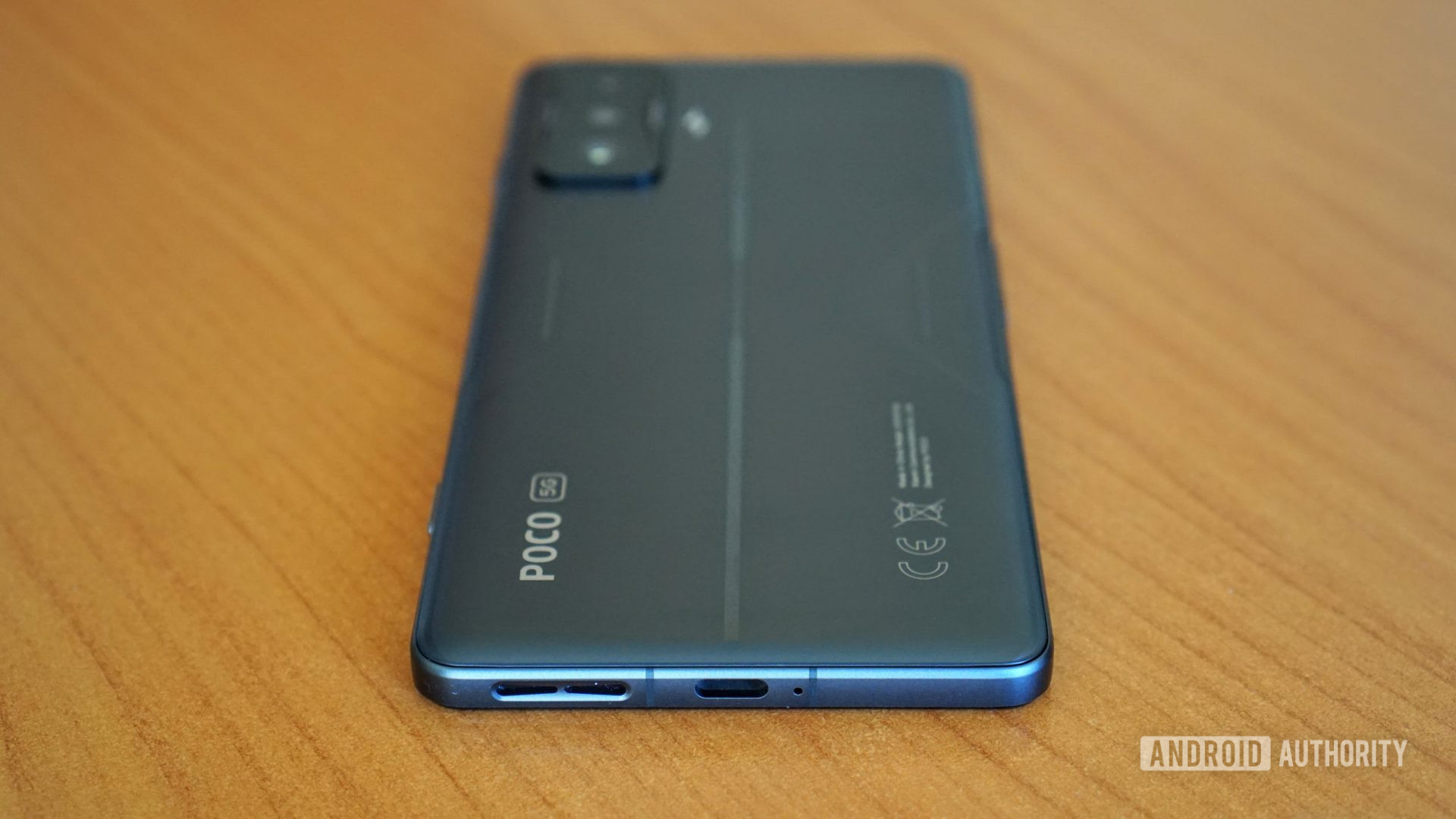 Hadlee Simons / Android Authority
Hadlee Simons / Android Authority
The Poco F4 GT seems to take an “if it ain’t broke, don’t fix it approach” to design, offering a sturdy aluminum frame, Gorilla Glass Victus on the front, and a glass back. However, the phone lacks an IP rating of any kind. This is particularly lamentable as even mid-rangers like the Poco X4 Pro and Redmi Note 11 family offer IP53 ratings these days.
Two other design-related bugbears are related to the buttons. For one, the volume buttons have been moved to the left edge of the phone to make way for the triggers and associated switches on the right. This isn’t a big deal and is the same arrangement we saw on the older phone, but it means I’d inadvertently take screenshots on occasion (such as when putting the phone down or pressing the power button). Perhaps shifting the volume keys up a little would help make a difference.
The second annoyance I have with the buttons relates to the power button. It doubles as a fingerprint scanner and works well enough, but it definitely feels too spongy for my liking. The button also occasionally feels as if it’s stuck. Setting the scanner to detect your finger without actually pressing the button helps mitigate the issue but it’s still a little annoying to see this on a €600 phone.
The Poco F4 GT unsurprisingly offers a mediocre rear camera system, while the lack of a long update pledge is disappointing right now.
Don’t expect a flagship-level camera experience from the Poco F4 GT, as the primary 64MP camera is a solid performer in daylight but certainly lags behind even the best mid-range camera phones. Dynamic range is wide and colors are pleasantly saturated, but noise is noticeable in broad daylight when zooming in a little (and it’s not restricted to shadows). Low-light snaps are definitely bright enough, but that brightness comes at the cost of a ton of noise.
The ultrawide camera is another budget-tier offering, as noise levels step up in a big way and color reproduction can be a world apart from the main camera (check out the comparison below). The 2MP macro camera is pretty much here to inflate the camera count, being too low-resolution for most situations and offering grainy results.
The Poco F4 GT keeps the same average camera system then, but another disappointing decision inherited from the older phone is the lack of microSD support. It’s not a train smash when you consider the fact that the phone is available in 128GB and 256GB flavors, but games and ROMs do take up a ton of space. So those hoping to install dozens of games or carry around their entire retro library will need to opt for the 256GB model.
Switching to software, MIUI for Poco is still the best version of Xiaomi’s Marmite skin yet, offering the app drawer by default and no ads in sight. Thankfully, bloatware is generally kept to a minimum here too (namely Facebook, Xiaomi’s own apps, and a couple of Poco apps).
Poco told us that it’s in discussions with Google and the MIUI team about offering three years of OS updates and four years of security patches for its “performance” phones, but the reality right now is that there simply isn’t a long-term pledge at the moment.
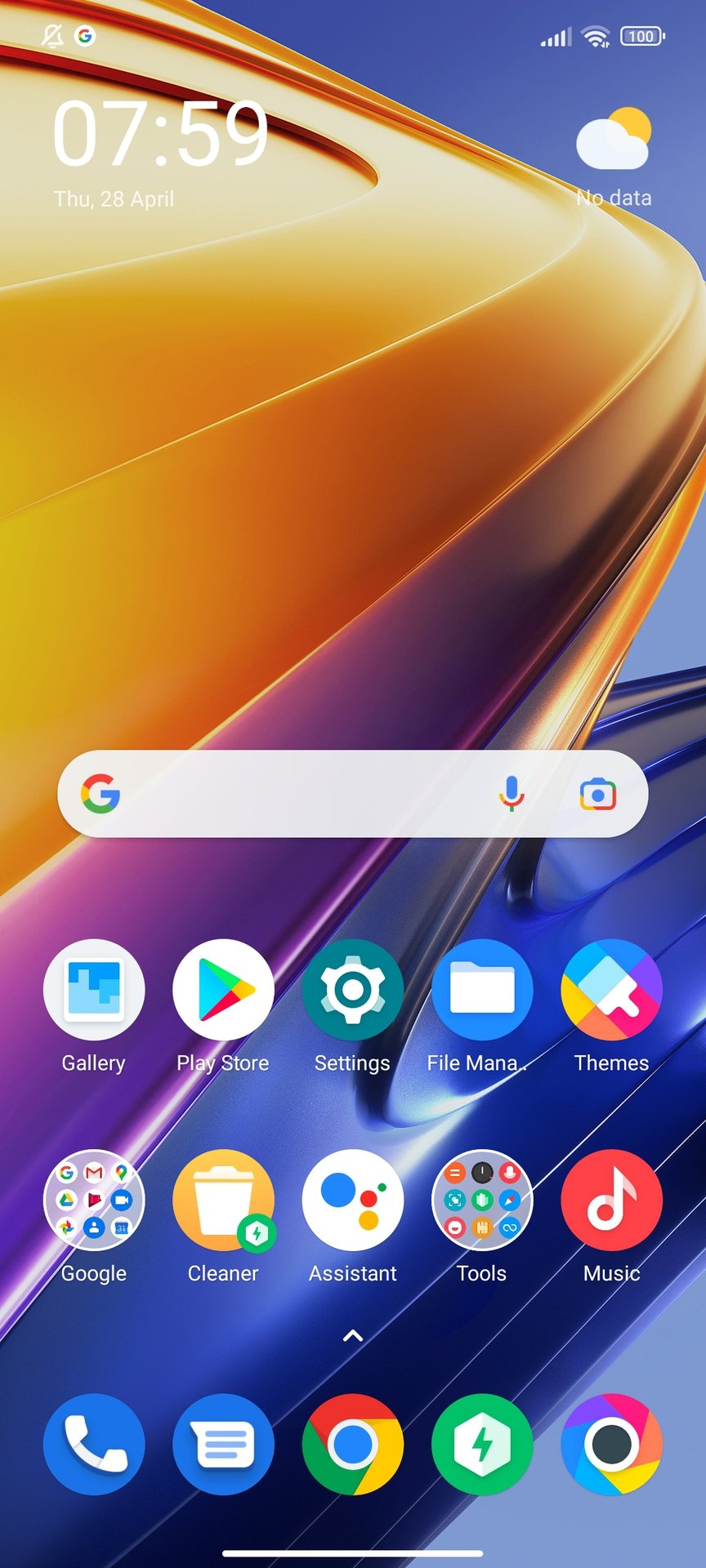
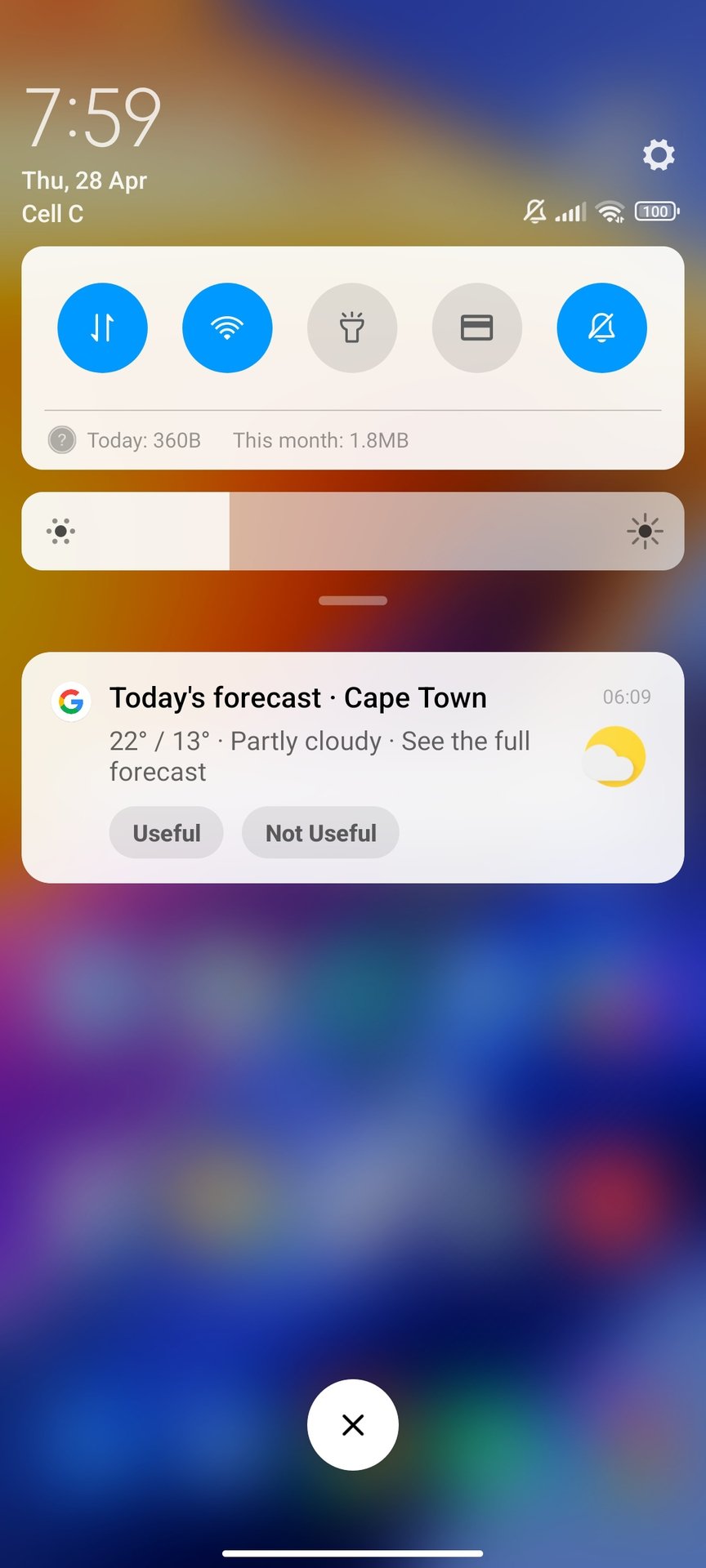
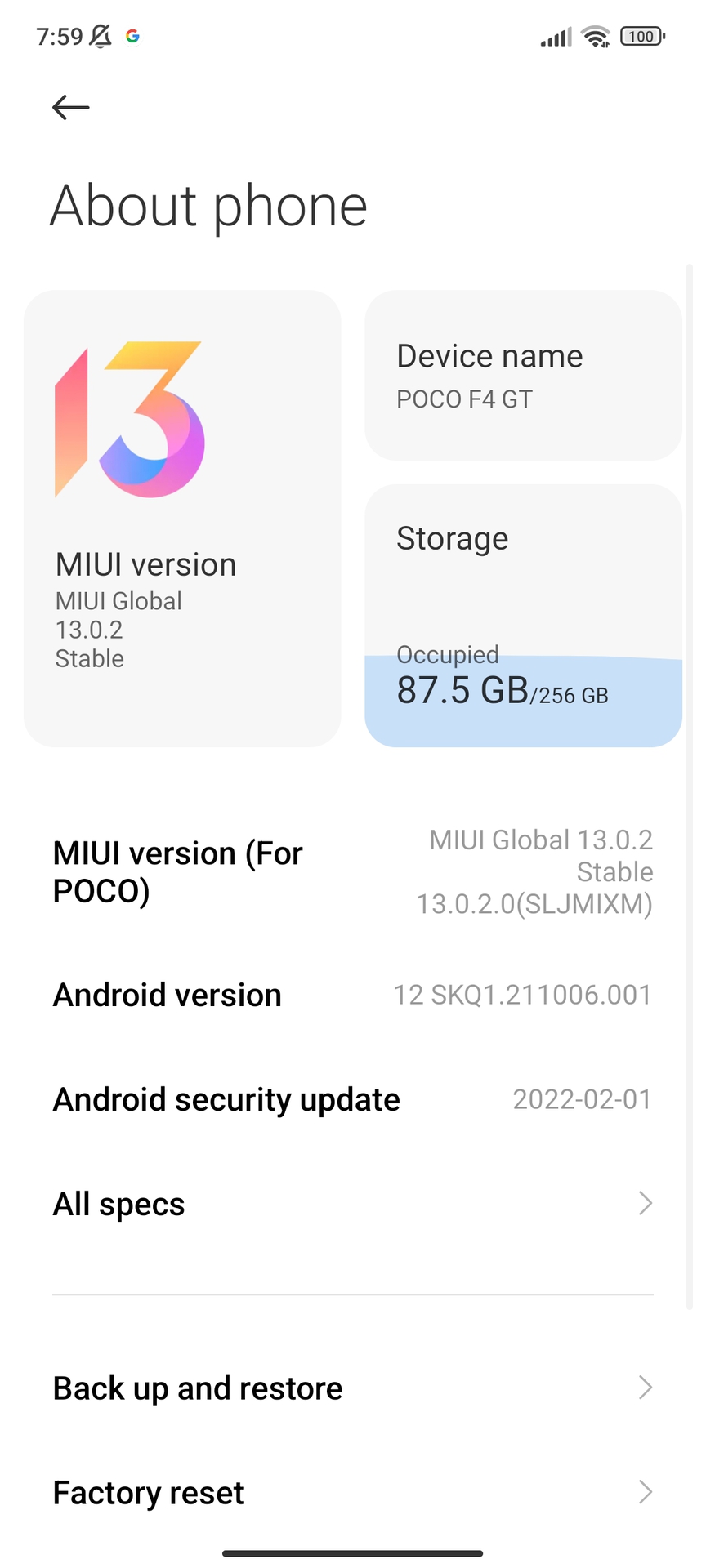
Finally, a weird issue I’ve noticed is that the display’s auto-brightness sometimes drops a ton for no apparent reason. This usually happens when gaming, so I’m not sure if my hand is covering an ambient light sensor and tricking the phone into thinking it’s darker. Nevertheless, Dhruv noticed this issue too on the Poco F3 GT and it’s a shame that the brand didn’t address the issue.
Poco F4 GT camera samples
 A 1x shot of a clocktower.
A 1x shot of a clocktower. A 1x sample at a waterfront.
A 1x sample at a waterfront. A macro shot.
A macro shot. A 1x night mode shot.A selfie with portrait mode.
A 1x night mode shot.A selfie with portrait mode. A main camera sample.
A main camera sample. The same scene with an ultrawide camera.
The same scene with an ultrawide camera. A 1x shot of a sign.
A 1x shot of a sign.
Poco F4 GT specs
| Poco F4 GT | |
|---|---|
| Display | 6.67-inch AMOLED FHD+ (2,400 x 1,080) 120Hz refresh rate 480Hz touch sampling rate HDR10+ Gorilla Glass Victus |
| Processor | Qualcomm Snapdragon 8 Gen 1 |
| GPU | Adreno 730 |
| RAM | Min: 8GB LPDDR5 Max: 12GB LPDDR5 |
| Storage | Min: 128GB UFS 3.1 Min: 256GB UFS 3.1 No microSD card support |
| Power | 4,700mAh battery 120W fast wired charging In-box 120W charger |
| Cameras | Rear: 64MP main, 0.8μm, ƒ/1.9 Auto-focus 8MP ultrawide 120-degree FoV, ƒ/2.2 2MP macro, ƒ/2.4 Front: 20MP |
| Audio | Quad speakers Dolby Atmos No headphone jack |
| Connectivity | USB-C Dual-SIM Wi-Fi 6E Bluetooth 5.2 NFC support IR blaster |
| Bands | 2G GSM: B2/3/5/8, 3G WCDMA: B1/B2/B4/B5/B6/B8/B19, 4G LTE TDD: B38/B40/B41, 4G LTE FDD: B1/2/3/4/5/7/8/12/17/18/19/20/26/28 5G: n1/n3/n5/n7/n8/n20/n28/n38/n40/n41/n77/78 |
| Security | Side-mounted fingerprint scanner Face unlock (insecure) |
| Software | Android 12 MIUI 13 for Poco |
| Dimensions and weight | 162.5 x 76.7 x 8.5mm 210g |
| Colors | Cyber Yellow Knight Silver Stealth Black |
Poco F4 GT review: Should I buy it?
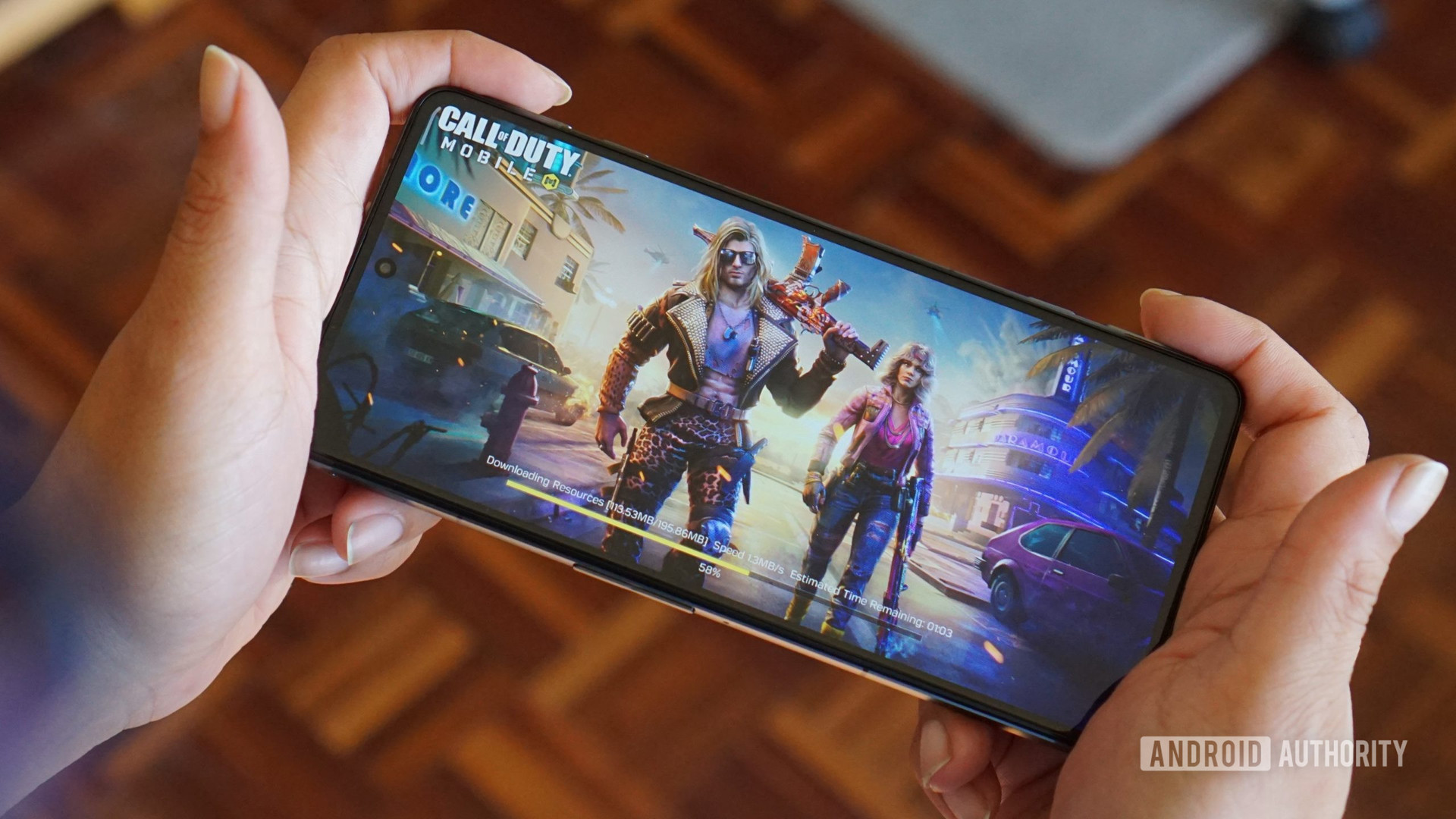 Hadlee Simons / Android Authority
Hadlee Simons / Android Authority
The Poco F4 GT is definitely in the running for one of the best gaming phones around, bringing true flagship-level performance, those handy shoulder triggers, and lightning-fast charging speeds. The price tag is a significant leap over the older phone, coming in at €599 (~$631), but it’s still competitively priced in Europe compared to traditional flagships and gaming phones.
It’s not perfect though, as you miss out on a great camera experience, an IP rating of any kind, and a long-term update pledge. Nevertheless, the phone is made for those who value performance and gaming, and it delivers in both of these areas.
The Poco F4 GT delivers great performance, brisk charging, and a reasonable price, but don’t expect anything more.
There are a fair amount of alternatives to the Poco F4 GT out there, starting with its predecessor. The Poco F3 GT (Rs 28,999 in India) might lack a full-blown flagship chipset and 120W charging, but we still thought the Dimensity 1200 chipset delivered a good level of performance, while 67W charging was plenty fast anyway. The addition of those shoulder triggers, a slick screen, and a much cheaper price tag only sweetens the deal.
Those looking for a gaming-focused phone should also consider the Red Magic 7 series (€799). Both phones are equipped with the Snapdragon 8 Gen 1 SoC as well as a cooling fan for better sustained performance, and this fan makes a difference in our own testing. You’re also getting a large battery, a 3.5mm port, and fast charging with the Red Magic, but those hoping for wireless charging, great cameras, an IP rating, and a similar price should look elsewhere.
Another solid alternative is the Google Pixel 6 (€649) You’re not getting shoulder triggers or super-fast charging though, but great camera quality, water resistance, and wireless charging all help deliver a well-rounded experience. That Tensor chipset is more in line with 2020 and 2021’s flagship silicon, but it’s still good enough to handle demanding games without a problem.
 Poco F4 GTOne for the gamersThe Poco F4 GT picks up where the F3 GT left off, for the most part. You’re getting full-blown flagship silicon, two retractable shoulder triggers, and blazing-fast 120W charging. Other notable features include a 4,700mAh battery and 120Hz OLED screen. Just don’t expect great photos or premium extras.€599.90 at Amazon
Poco F4 GTOne for the gamersThe Poco F4 GT picks up where the F3 GT left off, for the most part. You’re getting full-blown flagship silicon, two retractable shoulder triggers, and blazing-fast 120W charging. Other notable features include a 4,700mAh battery and 120Hz OLED screen. Just don’t expect great photos or premium extras.€599.90 at Amazon
Top Poco F4 GT questions and answers
Q: Does the Poco F4 GT support microSD card expansion?
A: No, you’re stuck with fixed storage here. So we’d recommend you go for the 256GB model if you’re not sure 128GB is enough.
Q: Does the phone have an IP rating?
A: No, the Poco F4 GT doesn’t have any significant IP rating.
Q: Is mmWave available on the Poco F4 GT?
A: No, you’ve only got the sub-6GHz flavor of 5G here.
